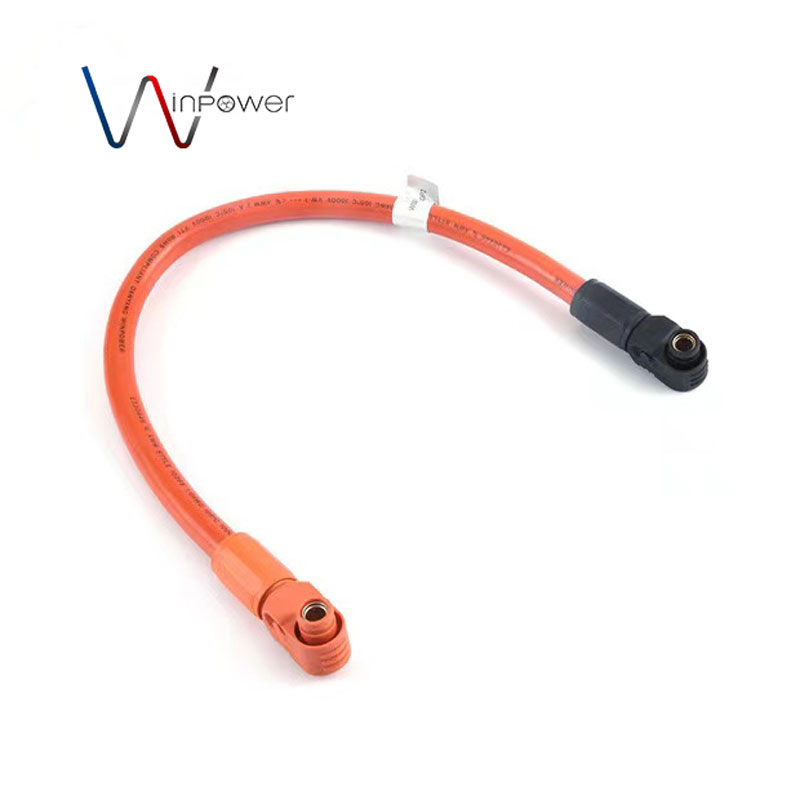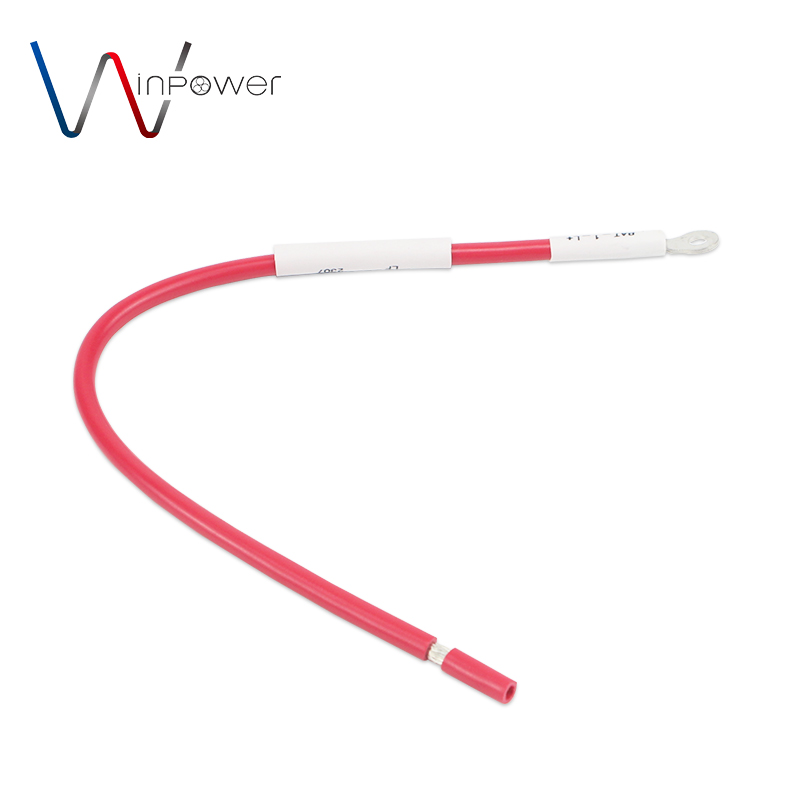Custom Microcontroller Harnesses
Microcontroller harnesses are essential components in modern electronic systems, enabling efficient communication and connection between microcontrollers and various peripheral devices. They serve as the backbone of embedded systems, providing reliable power and data transfer in complex circuits. These harnesses are designed for precision, flexibility, and durability, making them ideal for a wide range of applications in industries ranging from consumer electronics to industrial automation.
Key Features:
- Reliable Data Transfer: Microcontroller harnesses ensure stable and secure connections, facilitating smooth data flow between the microcontroller and connected components like sensors, actuators, displays, and other peripherals.
- High Durability: Made from robust materials, these harnesses can withstand harsh environments, including exposure to high temperatures, vibrations, and moisture, ensuring long-term reliability in industrial and automotive applications.
- Customizable Configurations: Microcontroller harnesses are available in various customizable lengths, wire gauges, and connector types to meet specific project needs and system architectures.
- Low Power Consumption: These harnesses are optimized for power efficiency, ensuring minimal energy loss and contributing to the overall energy savings of embedded systems.
- Shielding Options: Many microcontroller harnesses come with electromagnetic interference (EMI) and radio-frequency interference (RFI) shielding to protect against signal disruptions, ensuring accurate data transmission in high-noise environments.
Types of Microcontroller Harnesses:
- Standard Microcontroller Harness: These harnesses provide basic connectivity for microcontroller-based systems, suitable for general applications like small embedded systems and hobbyist projects.
- Custom Microcontroller Harness: Tailored harnesses designed for specific applications or unique system architectures, offering customized wire configurations, connector types, and shielding.
- Shielded Microcontroller Harness: These harnesses feature advanced shielding to protect sensitive data signals from external electromagnetic interference, ideal for use in environments with high electrical noise, such as automotive or industrial settings.
- High-Temperature Microcontroller Harness: Built for applications requiring resistance to extreme heat, these harnesses use specialized materials to maintain performance in high-temperature environments, such as in automotive engine control units (ECUs) or industrial furnaces.
Application Scenarios:
- Automotive Industry: Microcontroller harnesses are critical in automotive applications, connecting engine control units, sensors, and actuators to ensure real-time data transmission for systems like airbags, ABS, and infotainment.
- Consumer Electronics: In everyday devices such as smartphones, home automation systems, and wearables, microcontroller harnesses manage communication between the microcontroller and various peripheral components, ensuring smooth operation and data flow.
- Industrial Automation: Used in programmable logic controllers (PLCs) and other automation equipment, these harnesses facilitate the control of machines, conveyors, and robotic systems, ensuring precise execution of automated tasks.
- IoT Devices: Microcontroller harnesses are essential in the growing Internet of Things (IoT) sector, enabling connections between microcontrollers and sensors, gateways, or cloud systems for smart home devices, remote monitoring, and automation.
- Medical Devices: In medical electronics, microcontroller harnesses are used to connect microcontrollers to various sensors and diagnostic tools, ensuring reliable performance in life-saving equipment like ventilators, patient monitors, and insulin pumps.
Customization Capabilities:
- Connector and Pinout Configurations: Microcontroller harnesses can be customized with a wide range of connectors, including USB, UART, SPI, I2C, and proprietary connectors, as well as custom pinout configurations to match specific system requirements.
- Length and Layout: Harnesses can be designed with specific lengths and layouts to optimize space and reduce clutter within compact or densely populated electronic systems.
- Wire Gauge and Insulation Options: Depending on power requirements and environmental conditions, microcontroller harnesses can be tailored with different wire gauges and insulation materials, such as heat-resistant or flexible cables for rugged environments.
- Shielding and Protection: Custom EMI and RFI shielding, as well as protection from moisture, chemicals, or physical damage, can be incorporated to enhance durability and performance in challenging conditions.
Development Trends:
- Miniaturization: As electronic devices become smaller and more compact, microcontroller harnesses are being developed to fit within increasingly limited spaces, while maintaining reliability and functionality. These ultra-compact harnesses are crucial for IoT devices, wearables, and portable electronics.
- Increased Flexibility and Integration: Flexible microcontroller harnesses that allow for easy bending and folding are in demand for applications where space is a constraint, such as wearable electronics and compact IoT devices. This trend also aligns with the growing use of flexible printed circuit boards (PCBs).
- Improved EMI/RFI Protection: As electronic systems grow more complex and sensitive to interference, advanced shielding technologies for microcontroller harnesses are being developed to ensure seamless data transmission in high-noise environments.
- Smart Harnesses: Future microcontroller harnesses will likely integrate intelligent features, such as self-diagnostics, to monitor and report on the health and status of the harness and connected components. These smart harnesses could significantly enhance reliability and reduce system downtime.
- Sustainability: Manufacturers are increasingly focused on creating environmentally friendly harnesses using recyclable materials, reducing the carbon footprint of production processes, and optimizing designs for energy efficiency.
In conclusion, microcontroller harnesses are an indispensable part of modern electronics, providing reliable connections and data transfer for a wide array of applications. As technology continues to evolve, so do these harnesses, offering more customization options, better protection against interference, and integration with emerging technologies like IoT and smart systems.






















